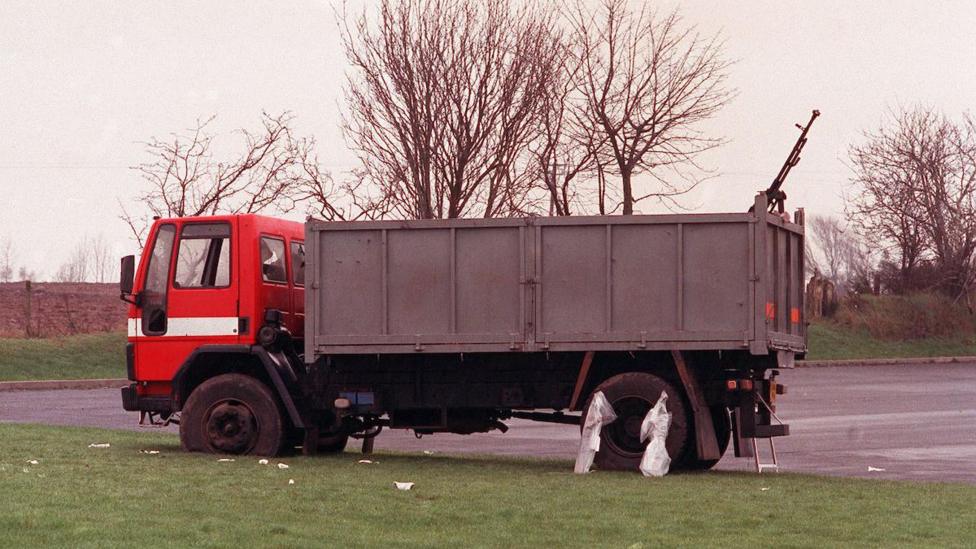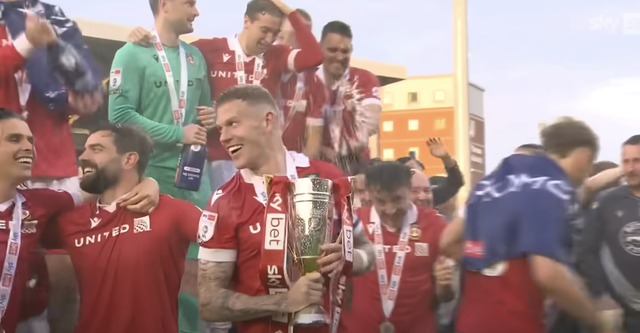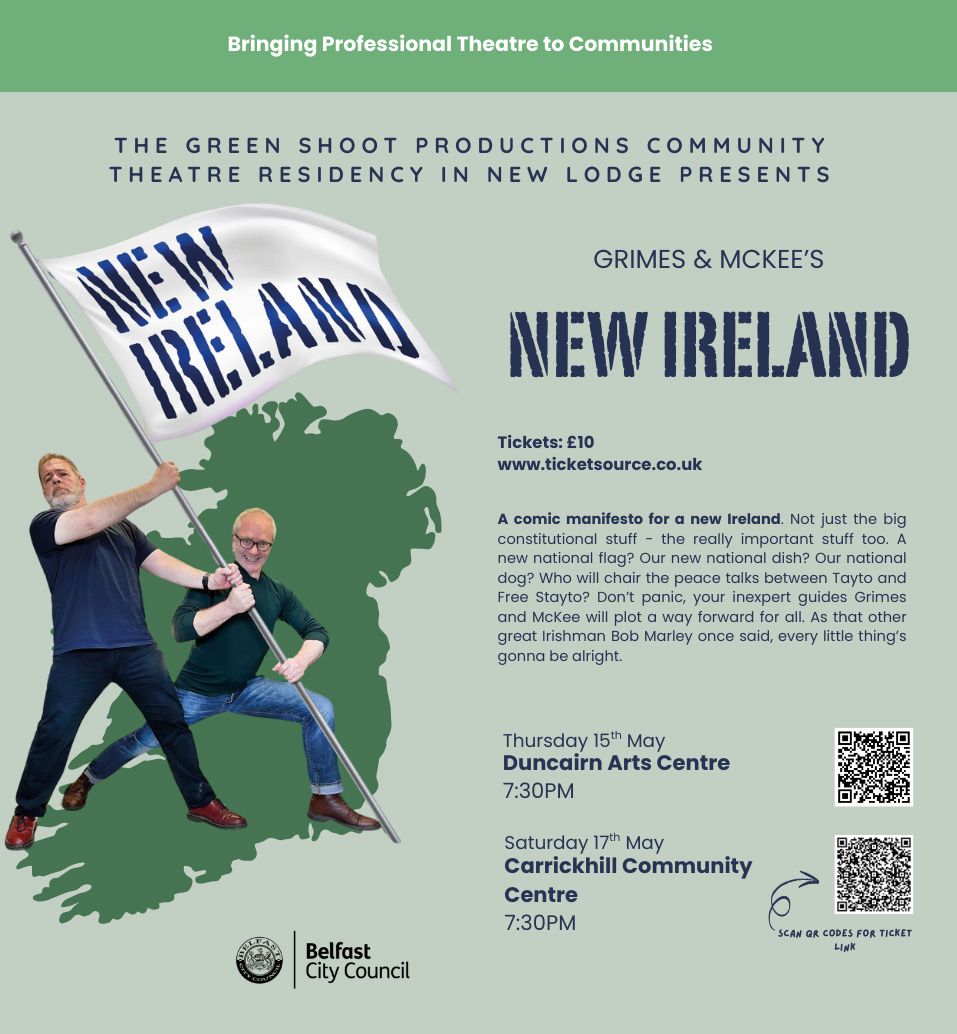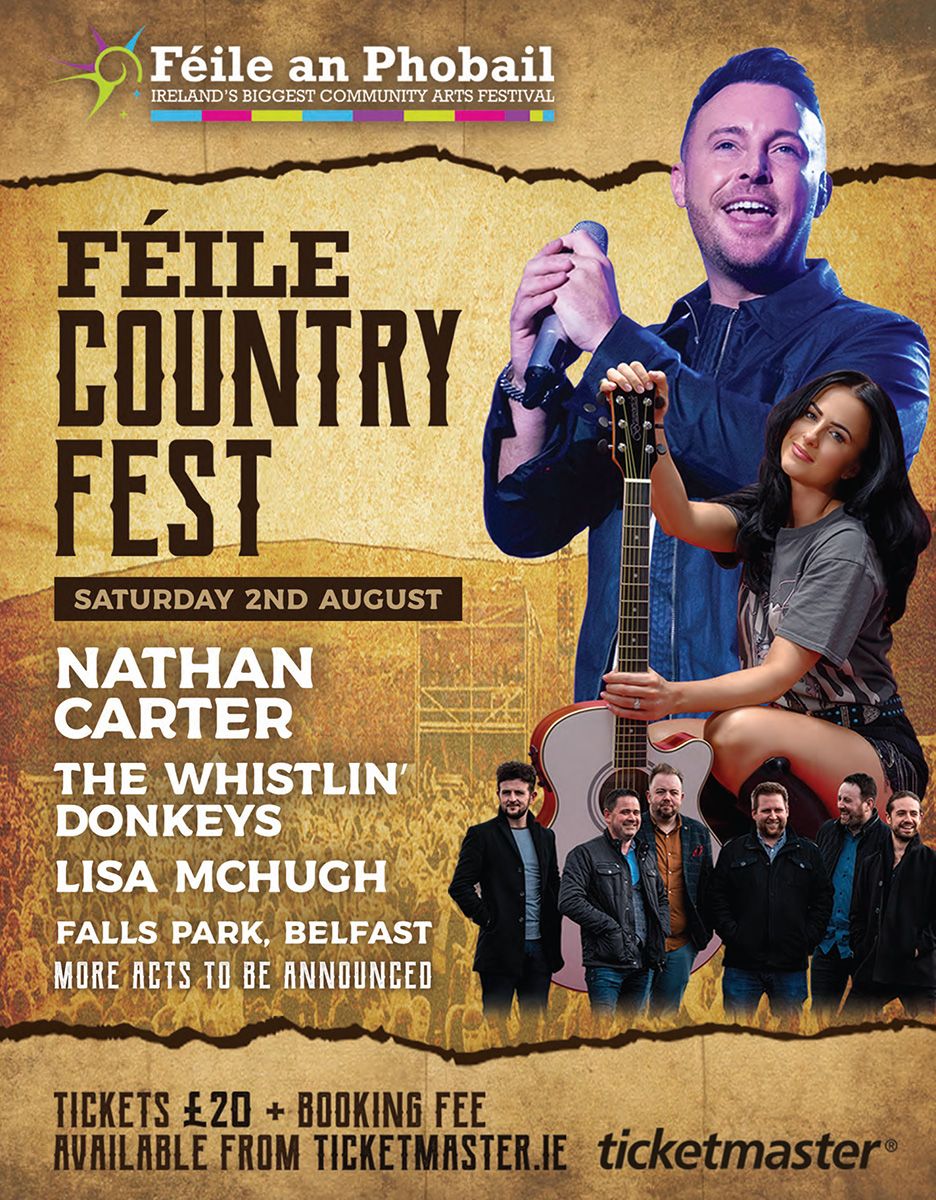A LOT of republicans will be either uncomfortable or disgusted when I say I can fully understand why unionism is generally appalled at the verdict by a Coroner that the shooting to death of three IRA men in a church car park in Clonoe in 1992 was unjustified.
The argument against the ruling is simple and – on the face of it – compelling. Four heavily armed men launch a surprise attack on a fortified base with a heavy machine gun mounted on the back of a truck and are themselves the victims of a surprise attack as they attempt to make good their escape.
Them’s the breaks.
War is hell.
Live by the sword, die by the sword.
And so on and so on…
Senior unionist figures were quick to deplore the judge’s finding. DUP leader Gavin Robinson said it “beggars belief”. Former UUP leader Doug Beattie described it as “ludicrous”. The scathing statements were issued hours after a verdict which Mr Justice Michael Humphreys had reached after a year of considering all the available evidence and I don’t know, it could well be that Messrs Robinson and Beattie issued their statements having attended the inquest every day; it could well be that their angry opinions were formed having considered exactly the same volume and breadth of evidence that the Coroner had before him. But I doubt it.
Neither of the two statements addressed the basic facts which led Mr Justice Humphreys to rule in favour of the dead men’s families. None of the vast acres of unionist commentary on mainstream and social media went anywhere near the substance of the Coroner’s ruling. And there’s an excellent reason for that: To contemplate the verdict in the round would be to show in very short order that the argument the dead men had it coming is as superficially seductive as a chocolate ad; to do so would mean saying words and enunciating truths that would lead the unionist listener to consider the possibility that maybe – just maybe – what happened in that church car park was more complicated than a case of Clonoe Karma.
Mr Justice Humphreys found, for instance, that the army witnesses had, to borrow the words of Alexei Sayle about Israel, “lied and lied and lied and lied” and then “lied and lied and lied and lied” (and so on). Had the narrative being pushed by unionists been so inarguably, self-evidently and common-sensically true, there would have been no need for the witnesses to lie. They would have said what Gavin and Doug are saying straight off the bat and everybody would have been home by lunchtime on the first day. But the law didn’t allow for an ambush of an ambush, no matter how satisfying a victory that seemed and seems to Loyal Ulster. The law allowed for an arrest operation which didn’t take place.
And so devastatingly effective was the church car park attack, so utterly bereft was it of even the most cursory attempt to warn or apprehend the IRA men, that it provided not the tiniest of hooks for the British army to hang a bogus narrative on. The Thiepval Barracks-concocted ‘firefight in the dark’ lie was obediently and unquestioningly churned out by a compliant media, but in the bright light of a Coroner’s court it collapsed at the first waft of a questioning breeze.
And even if we were to assume for the sake of argument a combat status that British governments denied for the duration of the conflict – a state of war – what happened in the car park would have been a series of prima facie war crimes. But of course no unionists want to say that men were shot in the back as they tried to escape as that would rather hinder enjoyment of that BBC SAS heroes series. And if it’s a tad inconvenient to mention the shooting-in-the-back business, how much more awkward is it to acknowledge the forensically proven truth that men were “shot in the face” while “incapacitated”? Those are actions as frowned upon by UK law when they take place in Afghanistan as they are in Tyrone.
And so none of the above gets mentioned. What we get instead is a an alternative verdict from the infamous “final court of justice” set up by Lord Justice Maurice Gibson in 1984. It’s a verdict reached by way of evidence not from the scene, but from a unionist fever-dream of gloves-off retribution and no-holds-barred vindication.
A tweet outlining the extraordinary difficulties facing the soldiers in the Clonoe car park and the unfortunate necessity of taking out the IRA men is easy and obvious, even if the tweet is put up without any recourse to the actual facts exhaustively sifted through by the Coroner. Posting a tweet saying that the Coroner should have ruled that it is in fact okay to shoot somebody in the face as they lie helpless on the ground is not quite as easy and obvious, so no such tweet is tweeted.
Easy: ‘The IRA met their match and got what they deserved.’
Not easy: ‘Those involved in the shootings were right to lie repeatedly to the court.’
Easy: ‘It was dark, confused, and the dead men were heavily armed.’
Not so easy: ‘I’m fully on board with soldiers committing the prima facie war crime of pumping bullets into the head of a helpless man on the ground.’
Easy: ‘The British army plays by yellow card rules, the IRA doesn’t.’
Not so easy: ‘I’m happy with the fact that the written orders outlining what was really planned that night have disappeared – believed by the Coroner to have been destroyed.’
If the IRA did indeed get what they deserved because it was a dirty war, why the need to clean up the language? Well, it’s a bit like the BBC calling ethnic cleansing in Gaza relocation. Those speaking the words are talking to themselves every bit as much as they’re talking to you and me, because while they’re fully aware of what’s happened, they see themselves as the moral superiors of Hamas and the IRA.
And saying the words out loud would shatter that fragile delusion.








